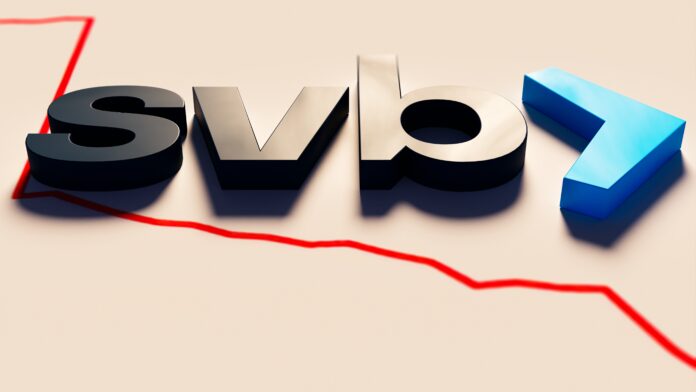The US government took over one of the most important banks in the high-tech world last week, in the second-largest bank failure in US history. Then another major bank failed, as well, apparently struck down by its holdings in cryptocurrency—in the third biggest bank failure on US records.
Silicon Valley Bank (SVB) has been in business for 40 years, and as its name suggests, it has been a major lender for companies in Silicon Valley, America’s biggest high-tech hotspot. But last Thursday, all of that came crashing down, when a massive bank run threatened a meltdown. Soon after, Signature Bank followed.
The government is covering depositors in Silicon Valley Bank, even those whose deposits were above the FDIC insurance limits. At press time, it’s not clear whether that will also be true of Signature Bank.
The turmoil has pushed down the stock prices of a number of financial institutions, but markets remained mixed on Monday. One question that remains is whether the Federal Reserve will move to raise interest rates again on March 22. Many observers believe that it won’t, because the failure of SVB is related in part to the rate increases over the past year—and the Fed doesn’t want more destruction to take place.
What led to Silicon Valley Bank’s crash?
Growth during the pandemic is part of what doomed the bank. Deposits shot up by 86% in 2021, as businesses and individuals piled their cash into the bank. With so much loose money and not enough places to lend it, SVB decided to put it into investments—and that proved fatal.
At least some of the places it parked its cash seemed fairly safe at the time. Treasury bonds seemed like a safe bet. Another decision, putting lots of money into mortgage-backed securities, will sound familiar to anyone who paid attention during the 2008 crash.
In any case, none of it turned out to be as safe as SVB had thought. The rise in interest rates in 2022 and troubles in tech meant that there was much less money going into the tech industry than before. That meant fewer deposits of cash. But that also meant that the investments that SVB had made, both the Treasury bonds and the mortgages, dropped in value.
How did the crash itself happen?
If a bank has bad investments but not enough cash, what it needs to hope is that not too many people try to withdraw their money. The problem for SVB was that it had to announce its difficulties in public disclosures—which happened last Wednesday.
What SVB said was that it had sold off some of its investments at a loss and that it was also going to sell some of its own stock to raise cash. None of that sounded good to tech firms and others with money in the bank.
That was particularly true because we’ve seen the failure of other tech-related banks in recent months, particularly those with connections to the world of crypto. All of that ignited social media—and inspired a run on the bank.
Because people were worried that SVB would soon no longer be solvent or be able to return deposits, they tried to get their money out in time. That led to massive withdrawals on Thursday. All in all, depositors attempted to withdraw the incredible sum of $42 billion from the bank in that one day.
To read more, subscribe to Ami





















